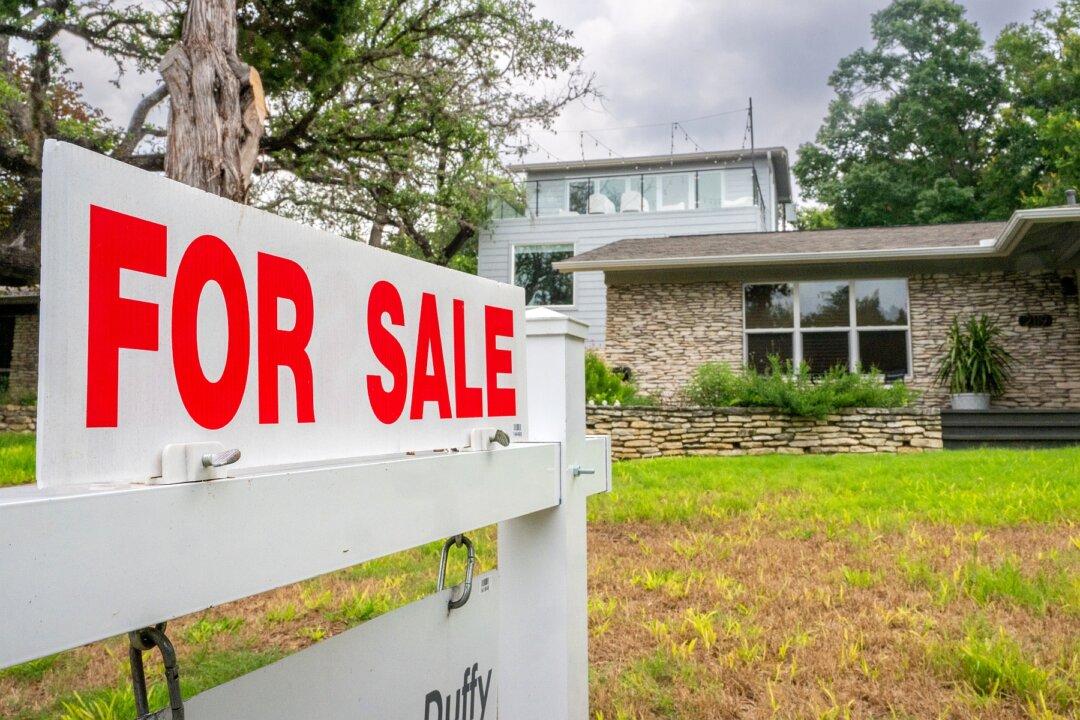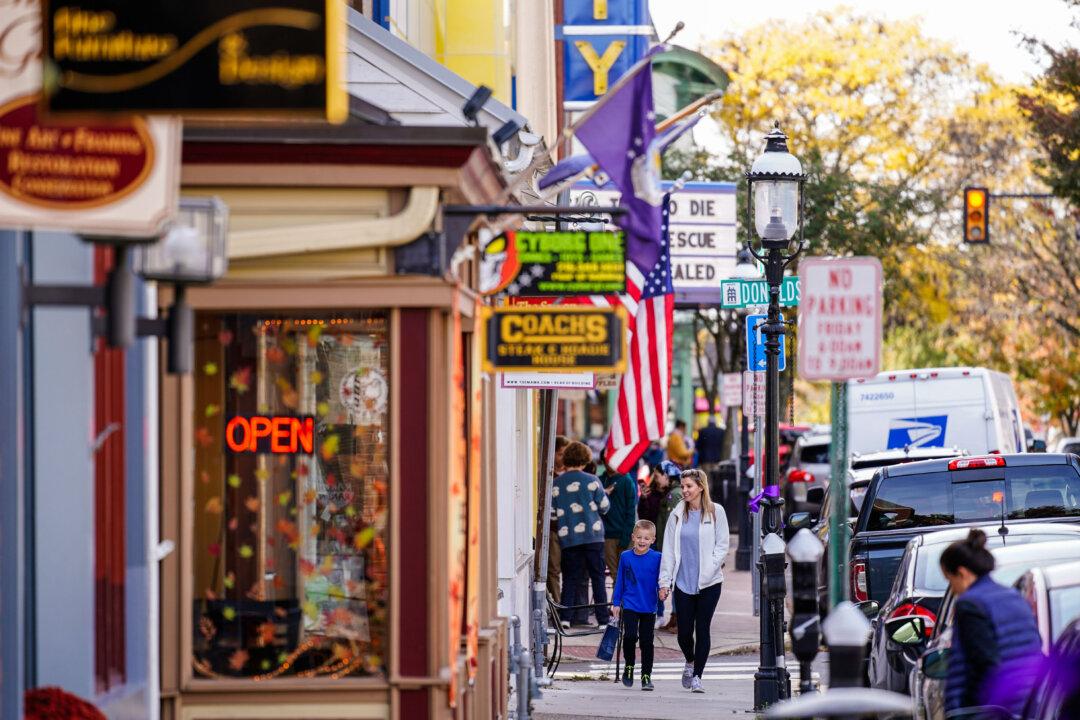The share of homeowners with 6 percent or more mortgage rates is at its highest level in nearly a decade, according to real estate brokerage Redfin, which added that the “lock-in effect” in the housing market has started to ease.
The company said 17.2 percent of homeowners have a 6 percent or higher rate, which is the largest proportion since 2016.
Meanwhile, the share of homeowners with an interest rate less than 6 percent stands at 82.8 percent. As such, an even higher share of owners have a rate below the Jan. 30 weekly average rate of 6.95 percent, said the report.
This is “prompting many to stay put instead of selling and buying another home at a higher rate.” The phenomenon, called the “lock-in effect,” dries up housing supply, thus supporting price growth and contributing to the affordability crisis.
However, the lock-in effect is showing signs of easing as “it’s not realistic to stay put forever” for most individuals,” Redfin stated. Many people are opting to move despite the higher rates because of major life events like a divorce or job change that leave them with no choice, Redfin said, citing its agents.
“Many Americans are growing accustomed to the idea that rates are unlikely to fall to pandemic lows anytime soon,” the Redfin report stated.
Moreover, the “pandemic surge in home values means many homeowners have enough equity to justify selling and taking on a higher rate—especially if they’re downsizing or moving somewhere more affordable,” said the report.
Growing Rental Market
Mortgage applications to buy homes have declined amid high rates. According to the Mortgage Bankers Association (MBA), while overall mortgage applications rose 2.2 percent for the week ending Jan. 31 compared to a week back, the jump was driven by a 12 percent increase in refinances.“Purchase activity had a tougher week, with declines across all loan types,” said MBA Deputy Chief Economist Joel Kan. “The average loan size for a purchase loan has increased since the start of the year.”
Mortgage purchase applications over the last two weeks are “modestly above what we saw a year ago,” he said. This suggests there is “some latent demand in the market.”
There are currently 110,727 new single-family build-to-rent homes under construction in the United States across 613 communities, according to the report.
State-wise, Texas had the highest number of build-to-rent homes under development, with 21,812 homes at various stages of construction. It was followed by Arizona and Florida with nearly 14,000 properties, and North Carolina with more than 12,000 units.
Doug Ressler, manager of business intelligence at Yardi Matrix, a sister company of Point 2Homes, said renting a build-to-rent home is cheaper on average than buying a starter home.
“Recent reports indicate that renting can save one around $1,000 per month compared to buying. This is largely due to high mortgage rates and elevated home prices,” Ressler said.
“More and more build-to-rent (BTR) residents consider themselves renters by preference compared to 2023 (36 percent in 2024 vs. 27 percent in 2023).”







